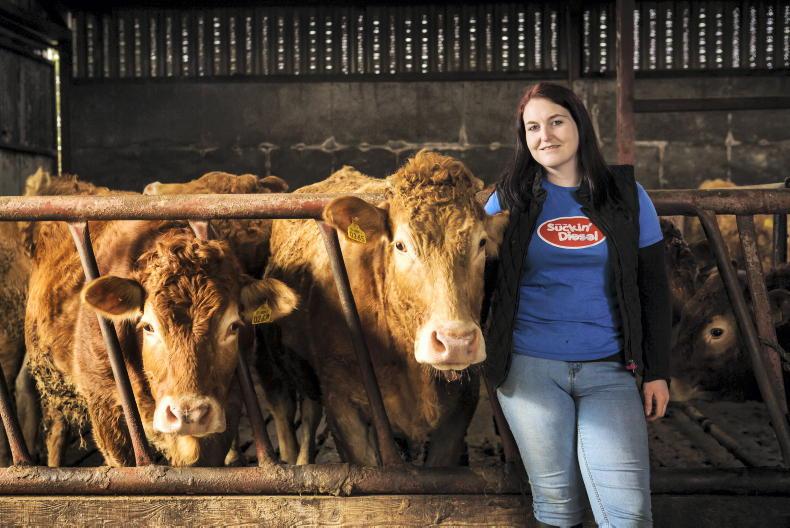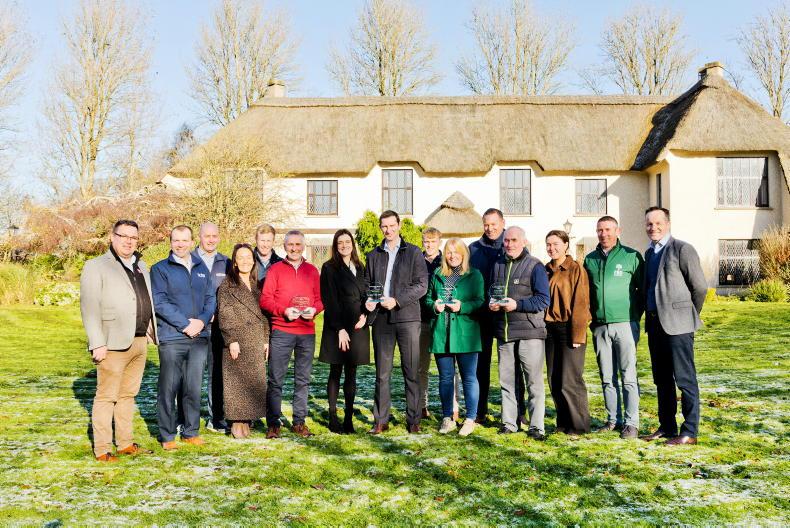The arrival of autumn brings a distinct change around the farm. Cooler, misty mornings, dewy evenings and early nights bring to mind the fact that winter will soon be here in all its glory.
A flock of 31 Whooper swans flying over one chilly morning also let us know that winter was fast approaching, though there’s something very likeable about the sound of them passing over on their visits each year.
WHOOPERS!!! WE HAVE WHOOPERS!!! ?? pic.twitter.com/IhkLqLZNtI
ADVERTISEMENT— Karen McCabe (@LadyHaywire) October 12, 2023
The arrival of mice into sheds is also underway – with their disconcerting habit of leaping up from under a bag or box just when you least expect it.
For now, the cats are managing their numbers with one or two mice being caught each night. While we prefer to not use poison, sometimes there’s no other choice when numbers skyrocket and bags of meal are under attack.
Along with this, the abundance of fruit in the hedges, usually an indicator of a cold winter, gives cattle a brief change in diet whilst they are foraging.
Watching the cows eating haws, sloes and crab apples reminds us that they are opportunistic grazers and will nibble anything if it’s in reach.
With the majority of our cattle still outdoors, they’re also getting fed hay each morning. Though most of our larger calves have been sold, the hay, along with high-mag lick buckets, should help prevent any cases of grass tetany.
Oof, I know its nothing like the flooding southern Ireland got but its bad enough when you live on a hill! #StormBabet pic.twitter.com/0Ry4WxQL83
— Karen McCabe (@LadyHaywire) October 19, 2023
While none of the cows have looked poor with the bad weather, a pooled dung sample will be taken after housing to see if we need to dose for fluke – and I’d be very surprised, after the wet summer, if it’s not needed.
Last year, I only drenched a select few who were loose in the dung or showing a lack of thrive, so depending on the result, I might do this again if the samples show up as a low result across the board.
ICBF rankings
I was disappointed to read about the latest changes to continental bulls in the new amendments they have proposed for ICBF scoring. With our entire herd being Limousin or Limousin crosses, we’ve worked towards bringing up the rating of our cows since the first BDGP scheme was introduced.
While about 70% of our herd are now rating four or five stars, it would be quite aggravating to see their scoring drop. It’s rather difficult to score goals when the goalposts keep being moved and you can’t plan where you’re supposed to aim for.
I was disappointed to read about the latest changes to continental bulls in the new amendments they have proposed for ICBF scoring
As much as I like traditional breeds, I could never see them making similar prices as the continental breeds of weanlings consistently achieve.
For the farmer that can outwinter or who feeds their calves through to slaughter, they are an excellent choice, being easily calved, hardy and, for the most part, quiet to handle.
Yet, for those of us who need to house animals for five or even six months of the year, the numbers don’t tally up.
If I can calve animals in March or April and achieve over €1,000 for them by October, it makes little sense to add on extra work and leave ourselves vulnerable to the volatile factory prices.
Our first heifer weanlings were also sold at the latest show and sale in Carrigallen.
While we were very pleased with the quality of them, we certainly didn’t expect a second rosette this year, with the lone Belgian Blue heifer we had on offer taking the rosette for third place.
With an average weight of 340kg, they topped out at just over €3.30/kg, certainly not a bad price for March calves.
Noisy shed today ??
— Karen McCabe (@LadyHaywire) October 15, 2023
Got on well yesterday! Giorria even netted herself 3rd prize ??
She was 280kg & made €1040.
Hazel was 345kg at €1140 & Ivy was 405kg at €1210. pic.twitter.com/MOCYatAips










SHARING OPTIONS